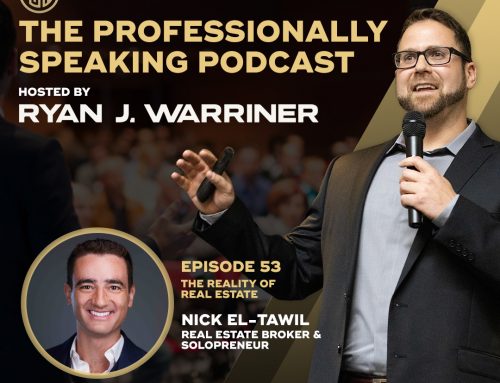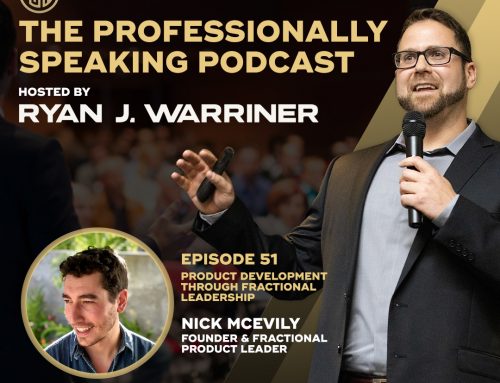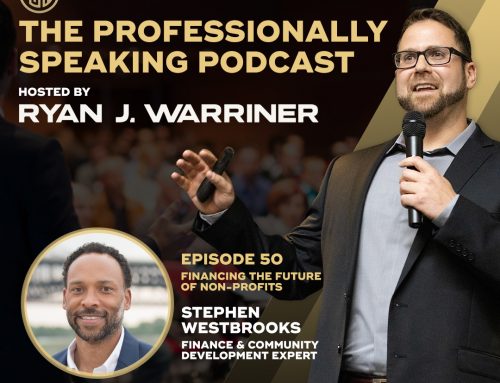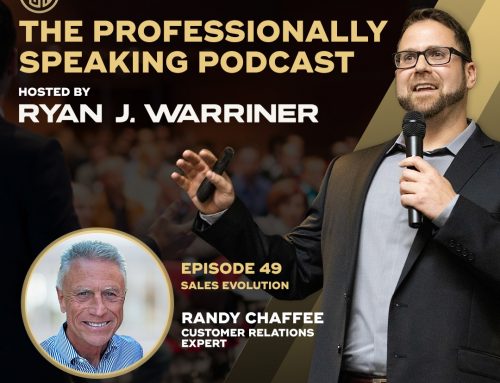Showing your hands, and more specifically your palms, will enhance your presentation and speaking success.
Subconscious response
Have you ever caught yourself with your hands in your pockets, folded arms, or collapsed posture while speaking? Many of us subconsciously gravitate to these positions when we are uncomfortable. But these positions send a negative signal to our audience about both ourselves and our content. Sometimes we can sense, instinctively, that we should change or adjust our position, but how? And to what? These are the critical questions.
Negative impact
The fact is our instincts are correct! When our hands are out of sight to the audience, even virtually, we are sending them a signal that we’re hiding something. In turn, this signal prompts our audience to become mildly suspicious of our message and content. Which, as you might imagine, erodes the trust between the audience and ourselves, as well as our overall effectiveness.
This human response stems from our ancestral history of people physically concealing something from others while communicating. For example: A weapon, food, or a wound.
Course correcting
So, the question arises, what should we do with our hands and arms while we’re speaking? The answer is to make them visible throughout your delivery. As a professional communication coach, I encourage my clients to utilize their hands to gesture and reinforce their message while speaking. Additionally, I caution my clients to avoid excessive gesturing as it may result in audience distraction. The bottom line is, as long as your hands are visible to your audience, they will be more likely to trust, believe, and agree with you.
Even while presenting virtually through web-conferencing (i.e., Zoom, Skype, Google, Teams, WebEx, etc.), revealing your hands periodically to the camera will increase your delivery and speaking success.
Try it out next time you speak or present to others. Show your palms, boost your success!
For more professional speaking insights and free resources, listen to our latest podcast, subscribe to our biweekly dispatch and follow us on LinkedIn.









